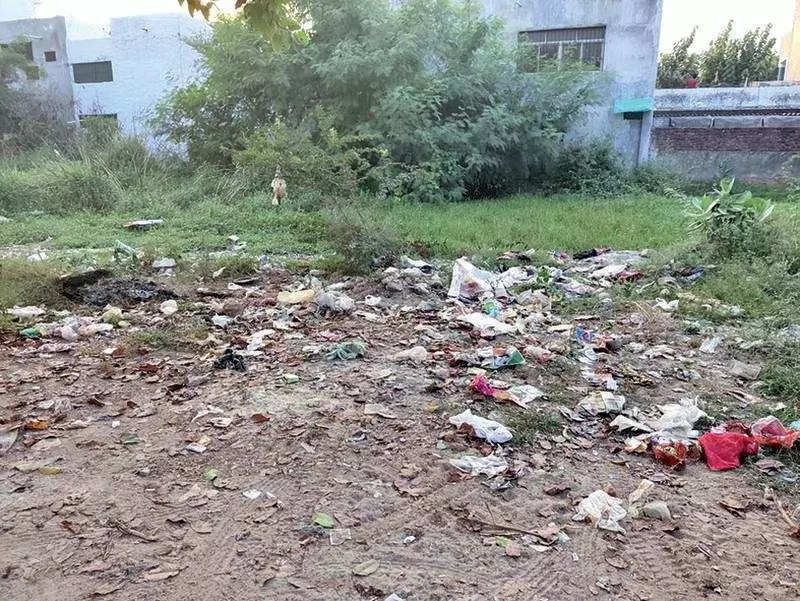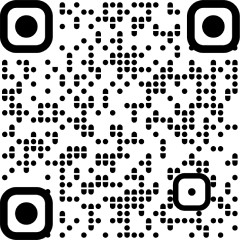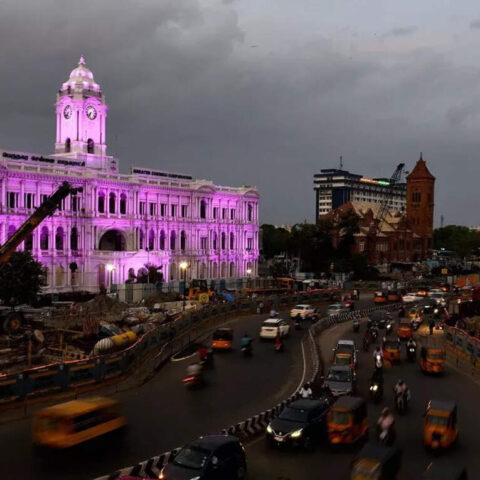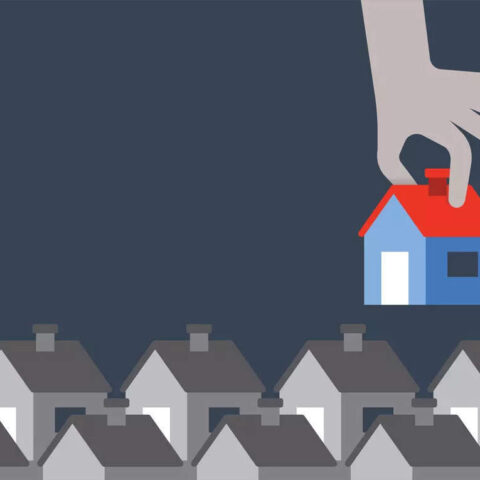
GHAZIABAD: With GDA set to start acquiring land for its Harnandipuram township, it will soon prohibit the purchase and sale of land in the eight villages from where a total of 541.1 hectares will be acquired.
GDA Board vetted the map of the township off the Hindon in Aug. The Authority has already started a land survey to meet the requirements for the township.
“Previously, it has been seen that outsiders start purchasing land earmarked for a newly announced project in bulk, to reap profits that at times touch four times the cost of the land. Farmers, the original custodians of the land, stand to lose in the long run in such cases,” GDA secretary Rajesh Singh told TOI.
GDA will implement Section 11 of the Land Acquisition Act, 2013, in the 8 villages — Nagla Firoj Mohanpur, Morta, Bhowpur, Atour, Champat Nagar, Shamsher, Bhenda Khurd, Mathurapur and Shapur Morta — to bar the sale and purchase of land.
“The notification will be issued in one month. We are keeping an eye on the sale and purchase of land in the area earmarked for the township too. While farmers can sell or purchase land amongst themselves, outsiders will be discouraged till the notification comes into effect,” Singh added.
As per the proposed layout, a maximum of 247.8 hectares will be acquired from Nangla Ferozepur, followed by Shamsher, where 123.97 hectares are earmarked for the project. Another 11.8 hectares will be acquired from Bhanera Khurd, 8.7 hectares from Mathurapur, 39.2 hectares from Champat Nagar, 54.2 hectares from Shahpur Morta, 2.6 hectares from Bhowapur and 2.6 hectares from Morti.
An estimated Rs 10,000 crore will be needed to develop Harnandipuram, and a large chunk will go into acquiring land at mutually agreed rates from the farmers. Of this, 50% of the cost will be borne by the state govt under the CM Urban Expansion New City Promotion Scheme, with the remaining amount covered by the GDA.
“Water and energy conservation measures through the use of new technologies, including AI, will be a key feature of this township,” a GDA official said.
GDA categorises sewage water under two heads: grey water and black water. As per the proposal, two separate pipelines will be installed in each house — kitchen (grey) and toilet (black) — to achieve a zero-water discharge target. “The grey water does not require much treatment and will be stored in an underground reservoir, especially built for residents to water lawns and wash their cars. The black water will go to the nearest STP. After treatment, the same will get used for watering parks and construction sites,” said the GDA official.
An AI-based water conservation system will also be used to check water wastage. “For the township’s power needs, solar energy will be tapped, and rooftop solar plants will be set up,” the official added.









